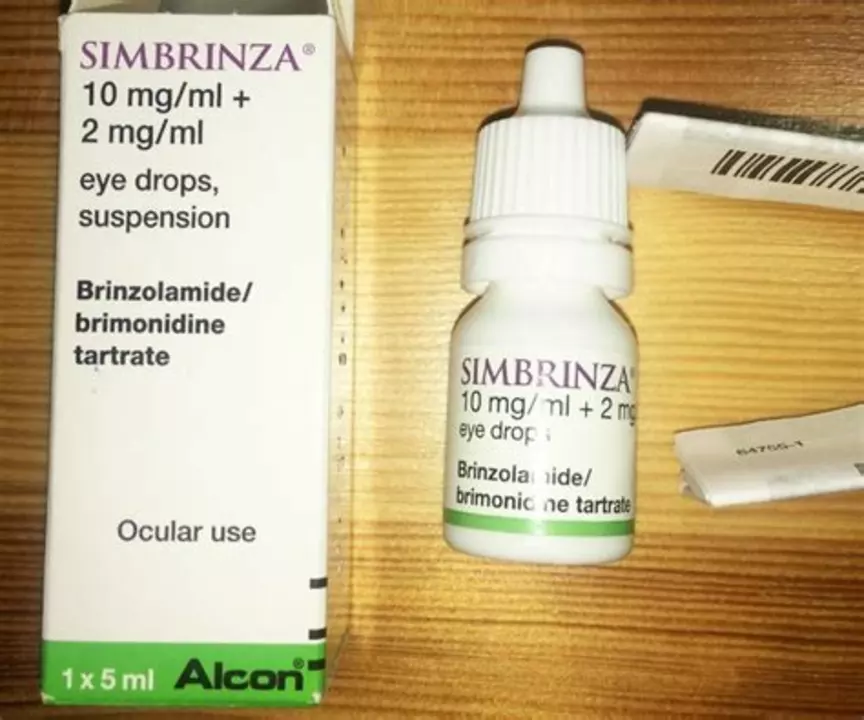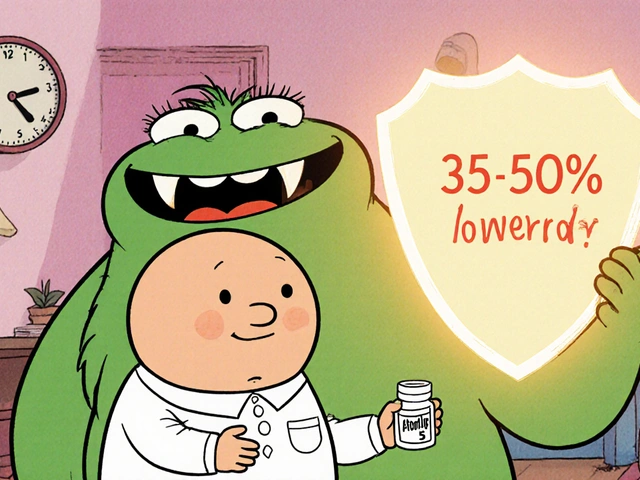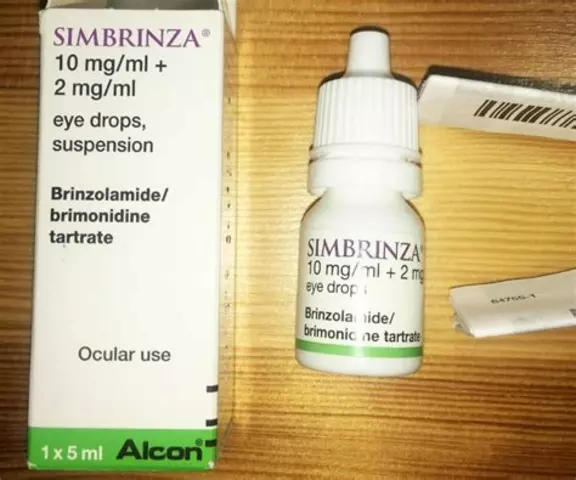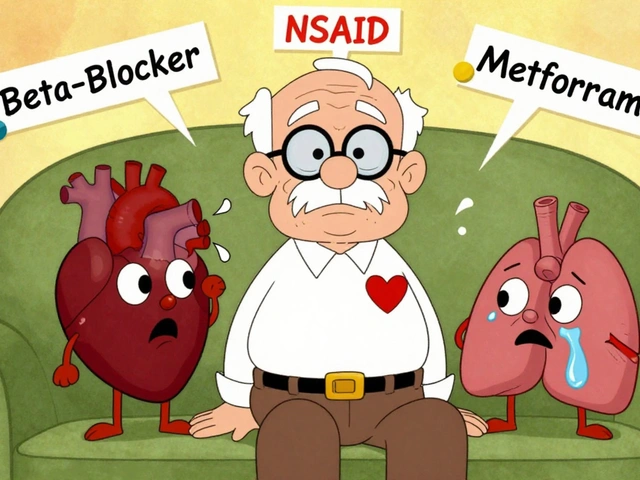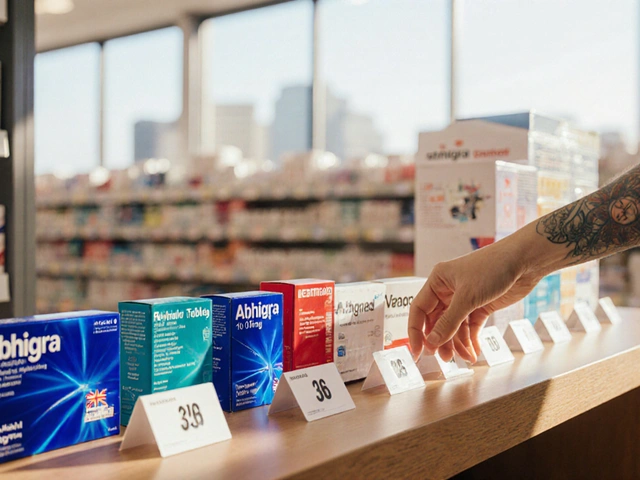Eye drops: what they do and how to use them right
Eye drops are one of the easiest ways to treat common eye problems — from dry, itchy eyes to infections and glaucoma. But a lot of people use them wrong or pick the wrong type. This quick guide helps you choose the right drops, use them safely, and avoid common mistakes.
Quick guide to common types
Not all eye drops do the same thing. Know the basic types so you can match drops to your problem:
- Lubricants (artificial tears): For dryness and irritation. Use preservative-free formulas if you apply drops often.
- Antihistamine/anti-allergy drops: For itchy, red eyes from allergies. They relieve itching fast but may sting briefly.
- Redness-relief (vasoconstrictors): Make eyes look less red but don’t use them long-term — they can rebound and worsen redness.
- Antibiotic drops: For bacterial infections. Only use when prescribed and finish the full course.
- Steroid drops: Strong anti-inflammatory drops used for serious inflammation — only under an eye doctor's supervision.
- Glaucoma drops: Lower eye pressure. These are prescription meds you must take on schedule to protect vision.
How to apply eye drops without fuss
Follow these steps each time — they really help the drops work and cut down on waste or contamination:
1. Wash your hands first. Dry them on a clean towel.
2. Tilt your head back or lie down. Pull the lower lid down with one finger to form a little pocket.
3. Hold the dropper close but don’t touch the eye. Squeeze one drop into the pocket. If you’re using two different eye meds, wait 5–10 minutes between them.
4. Close your eye gently for 30–60 seconds. Press lightly on the inner corner (near the nose) to keep the med in the eye and reduce systemic absorption.
5. If your drop is a suspension, shake it well first. If you miss your eye, try again but don’t overdo it — two drops at once usually give no extra benefit.
Extra tips: Remove contact lenses before using any drop that isn’t labeled safe for contacts. Keep bottles capped and store them as the label says — some need refrigeration, others need room temp.
Watch for side effects like stinging, blurred vision, increased redness, or allergy. If you get severe pain, light sensitivity, or a big change in vision, contact an eye doctor right away.
Buying eye drops online or at a pharmacy is fine for many products, but prescription drops should come from a licensed source and a doctor should guide their use. If your symptoms last more than a week or come back often, schedule an exam — persistent redness, discharge, or pain needs a professional check.
Use eye drops correctly and they’ll help a lot. If you’re unsure which type to try, ask your pharmacist or eye doctor — a quick chat can save you time and prevent problems.
